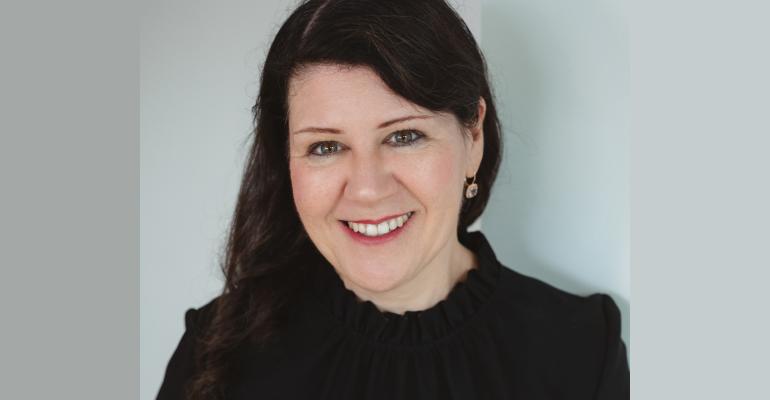Kelly Markus has delivered some challenging and unusual projects in her long career as an experiential-event specialist. From working on the product launch for Sega’s Sonic the Hedgehog video game, to creating a poolside-cabana setting in ResortPass’s exhibit booth at a hospitality-industry conference, to building out music mogul Pharrell Williams’ Mighty Dream conference focused on investment initiatives in minority areas, Markus and the five-person team at her firm, Hunters Point, partner with corporate clients who have various approaches to creating their events.
Further, her work requires that she bring in and oversee the progress of outside teams to help the agency fulfill many client projects. One example: When Hunters Point worked on the Mighty Dream event, Markus oversaw 340 outside people in addition to her own team, while also interacting regularly with the people in Pharrell Williams’ organization.
From these and other experiences, Markus has developed three main ideas about how the interaction should go between the client and an agency so that progress is smooth from the day the project kicks off to the day it’s presented to an audience.
1. Establish all client contacts and their roles in the planning process. The first thing Markus does with a client is to “make sure there are clear points of contact and of decision-making—which often are not the same,” she says. “Of course, there’s someone who’s the internal lead for moving the project along, but if the one who gives approval on creative directions or themes is not in the communication workflow, you're just creating a traffic jam.”
What’s more, “there’s sometimes too much decision-making by committee, which can wreck a budget because we lose time for negotiating with outside vendors,” she says. “We need to know who is deciding what, and then we will tailor our communications on specific things to the right people.”
On the flip side, “sometimes there are situations where a CEO says, ‘I need to see everything,’” Markus adds. “In that case, we have to say to our contact, ‘Is that even realistic? Can you lobby to have some of that supervision delegated to another executive?’”
Another related issue: Client-side teams taking on too much. For instance, “an internal graphic-design team can create graphics, but they might need help in listing out what all the design deliverables are. We can do that, and we also could take on the environment-design aspects. But when the client team says, ‘Sure, we can do all the graphics, all the printing,’ has that been confirmed by the meeting’s stakeholders? Do they have the bandwidth, and do they understand what all that entails? We have to make sure the client is realistic in its capabilities for a big event.”
2. Create a streamlined communication structure and a blueprint for the project. “We will always build into our timelines a standing weekly meeting and dates for when we're giving our work product over to the client,” Markus says. “In between those meetings, communication from us will often be to the specific decision-makers: ‘You need to view and critique the first take of this video’ or ‘Here's the initial draft of the run of show; what do you think?’”
What is critical here is that the outside project team gets “collective feedback rather than having it come to us piecemeal,” she notes. “You don't want two people from client teams responding to us with different points of view. That stuff needs to be sorted out internally then come to us, so we know exactly what our directive is in that area. Hopefully, there’s someone on the client side who’s given the role of wrangling the right people within their own structure to deliver input, and then synthesize it so we have clear direction.”
3. Early in the process, consider the “long tail” for all content and experiences. “Clients are always asking us about how they can maximize their return on the event. So, we bring up early in the process things like video capture for future online education and marketing purposes,” Markus says.
She also gets them to think beyond the immediate project with various event elements. For example, “after this customer event we’re working on now, the client will be at an industry-wide conference in November and then host its sales kickoff in early 2024,” she says. “By establishing at the start of the project a through line of all the events they’re involved with over the next year, we are amortizing the cost of our finished product becasuse it can be used again in some way, whether it's content, space design, collateral, or other elements. Most clients find that together, we are building out their toolbox for creating a number of events.”
“We're not doing that because we're trying to upsell them,” Markus concludes. “We're bringing it to their attention because we understand how hard and costly it is to create events.”





